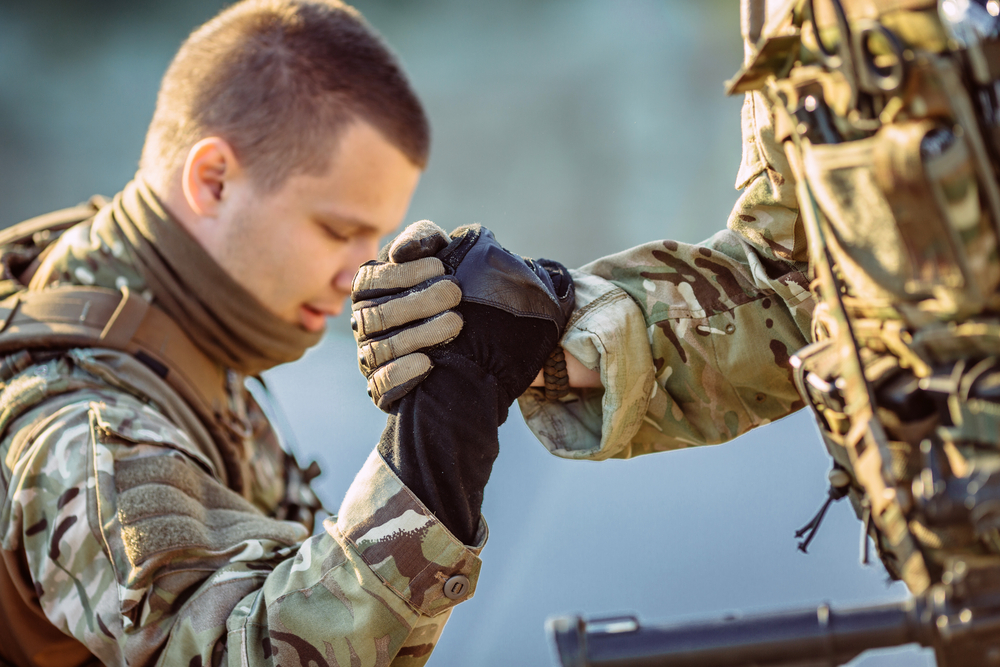For many, the first real trauma they encounter happens under fire.
Others are reading now
For many, the first real trauma they encounter happens under fire.
“We Should Be Training on Human Corpses”
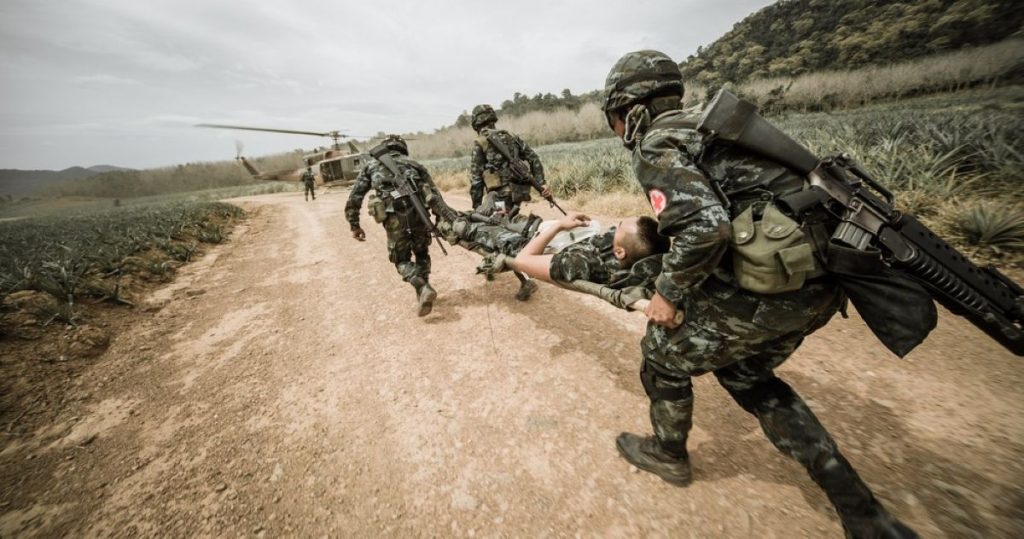
A Ukrainian military doctor, speaking anonymously for security reasons, has called for hands-on training with real human bodies for military and civilian medics.
“I think the possibility to work on human corpses would significantly improve the preparation of medical personnel,” she told Portal Obronny, speaking from experience on the front line.
Mannequins Can’t Replicate War Trauma

While simulation dummies are a standard part of training, she says they can’t replace real-world experience.
Also read
“Training on mannequins is good, but working on a real human body is a completely different experience. Medics must understand what this looks like in reality.”
In Ukraine, Medics Enter War Zones with No Practical Exposure
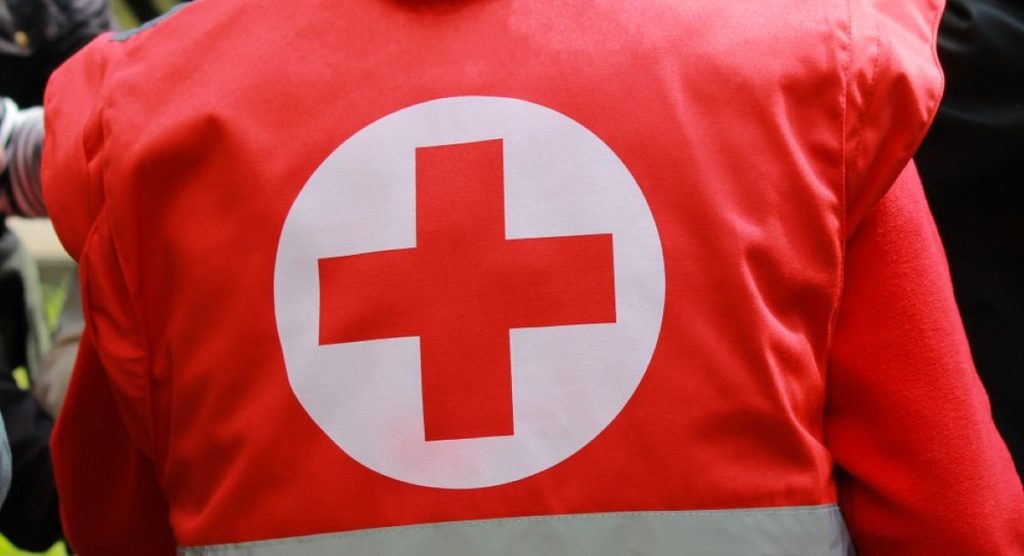
In Ukraine, cadaver-based training is virtually nonexistent, especially at junior levels.
“In our country, it is impossible at the lower level. Training is usually based on mannequins and simulators,” she explained.
For many, the first real trauma they encounter happens under fire.
“The First Time They See Blood, They Panic”

The doctor described how young medics sometimes freeze during their first exposure to blood, amputations, or mass trauma.
“Sometimes when our medic sees blood or an amputation for the first time, they panic and can’t assess the situation clearly.”
What Other Countries Are Doing

In contrast, several NATO countries offer cadaver-based trauma training for both military and civilian medics.
The United States, for instance, uses cadaver labs in advanced trauma life support (ATLS) courses and special combat medical programs. Canada incorporates cadaver training at key military medical bases and major teaching hospitals.
In the UK, military trauma surgeons regularly train on human cadavers through the Royal Centre for Defence Medicine.
Germany and Sweden Expand Battlefield Training
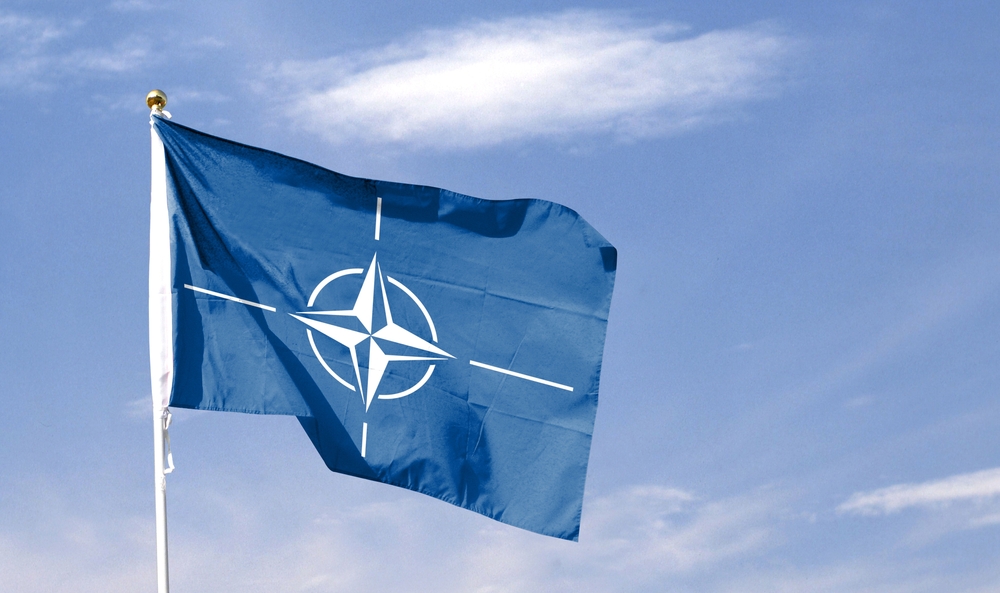
Germany provides advanced surgical training on cadavers for Bundeswehr medics and trauma surgeons, particularly those preparing for deployment.
Sweden has incorporated cadaver-based trauma courses into civilian and military training for decades, with a focus on high-fidelity realism for field medics and emergency responders.
Warzone Medicine Is Unlike Anything in Hospitals

“Combat medicine is very different from what is practiced daily in hospitals,” she said. “Conditions are extreme.
We stop massive bleeding, amputate limbs, extract shrapnel, and stabilize fractures, often in makeshift conditions, with little equipment, under shelling, and in extreme stress.”
Transfusions Without Equipment
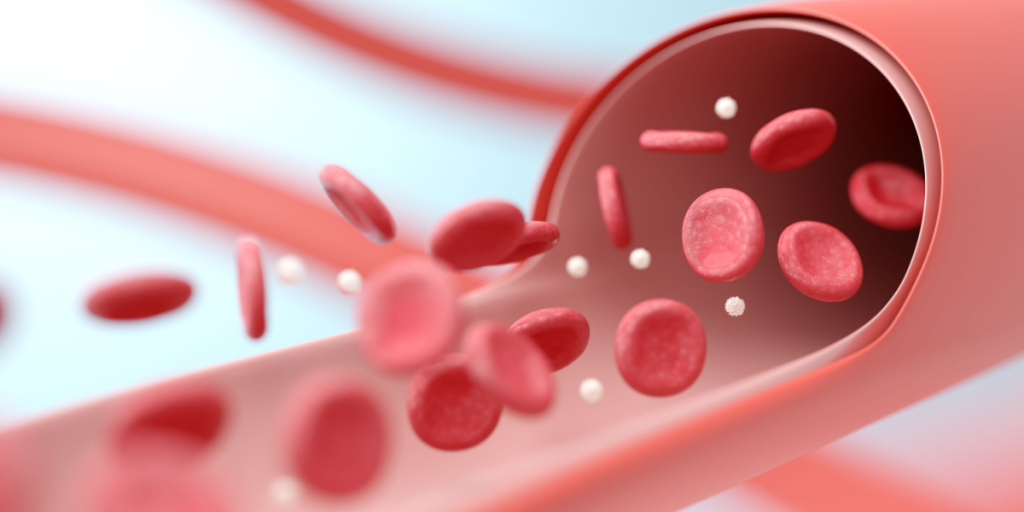
One of the most sobering adaptations involves blood transfusion.
“We have no power, fridges, or heaters. We learn to transfuse blood directly from donor to injured person. It takes courage and skill, and it’s something we must teach.”
Civilians, Children, and the Elderly Are Also Treated in Combat Zones
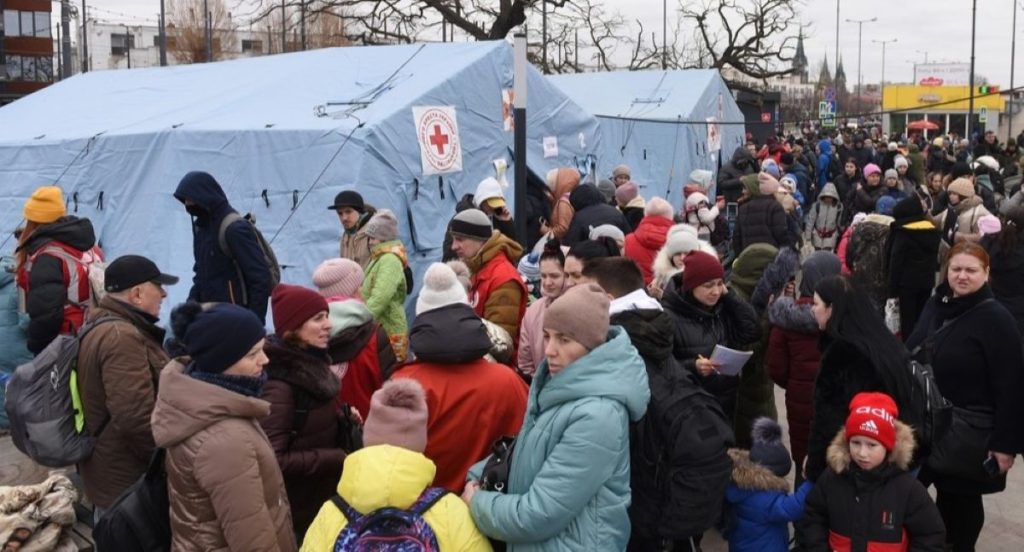
Military medics in Ukraine also care for civilians caught in the conflict, including children, pregnant women, and the elderly.
“Everyone should know basic first aid. Learning to use a tourniquet should be mandatory, even in schools,” she argued.
Her conclusion is clear: “Working on human corpses would greatly improve our readiness for critical situations.”

